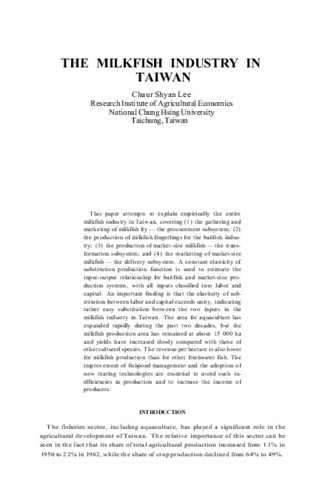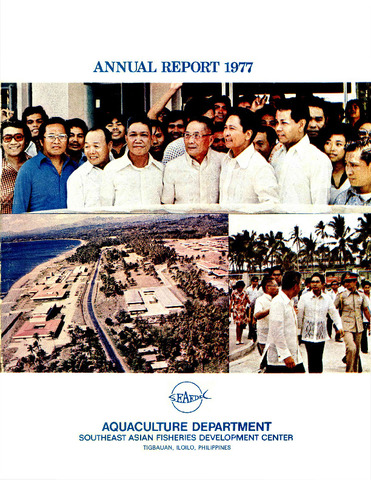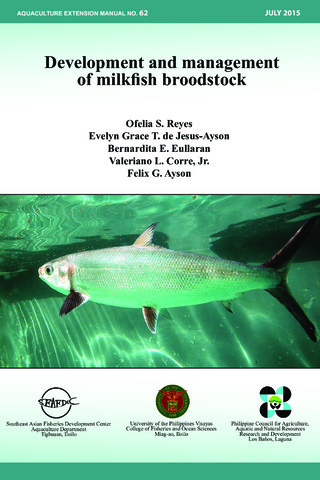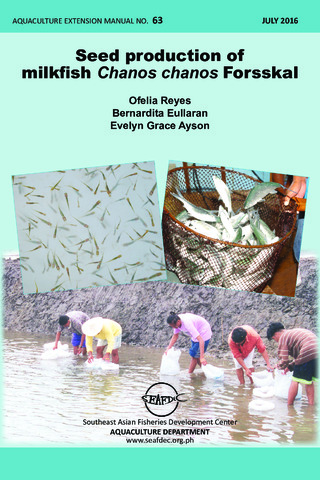The milkfish industry in Taiwan
Share
Abstract
This paper attempts to explain empirically the entire milkfish (Chanos chanos ) industry in Taiwan, convering 1) the gathering and marketing of milkfish fry - the procurement subsystem; 2) the production of milkfish fingerlings for the baitfish industry; 3) the production of market-size milkfish - the transformation subsystem; and 4) the marketing of market-size milkfish - the delivery subsystem. A constant elasticity of substitution production function is used to estimate the input-output relationship for baitfish and market-size production systems, with all inputs classified into labor and capital. An important finding is that the elasticity of substitution between labor and capital exceeds unity, indicating rather easy substitution between the two inputs in the milkfish industry in Taiwan. The area for aquaculture has expanded rapidly during the past two decades, but the milkfish production area has remained at 15,000 ha and yields have increased slowly compared with those of other cultured species.
Suggested Citation
Lee, C. S. (1984). The milkfish industry in Taiwan. In J. V. Juario, R. P. Ferraris, & L. V. Benitez (Eds.), Advances in milkfish biology and culture: Proceedings of the Second International Milkfish Aquaculture Conference, 4-8 October 1983, Iloilo City, Philippines. (pp. 183-198). Metro Manila, Philippines: Published by Island Pub. House in association with the Aquaculture Department, Southeast Asian Fisheries Development Center and the International Development Research Centre.
Taxonomic term
Collections
Related items
Showing items related by title, author, creator and subject.
-
Annual report 1977
Southeast Asian Fisheries Development Center, Aquaculture Department (Aquaculture Department, Southeast Asian Fisheries Development Center, 1978) -
Development and management of milkfish broodstock
Reyes, Ofelia S.; de Jesus-Ayson, Evelyn Grace T.; Eullaran, Bernadita E.; Corre Jr., Valeriano L.; Ayson, Felix G. (Aquaculture Department, Southeast Asian Fisheries Development Center, 2015)The manual provides developed and refined techniques for collection and transport of spawned eggs and larvae, as well as larval rearing. It also describes the necessary facilities for maintaining milkfish broodstock. Guidelines ... -
Seed production of milkfish Chanos chanos Forsskal
Reyes, Ofelia; Eullaran, Bernadita; Ayson, Evelyn Grace (Aquaculture Department, Southeast Asian Fisheries Development Center, 2016)A 26-page manual describing the site selection, hatchery design, spawning, larval rearing, natural food production, and economic analysis for milkfish.






